| Chea Parton grew up on a farm and still considers herself a farm girl. She has been a rural student, a rural English teacher, and is currently a visiting assistant professor at Purdue University where she works with future teachers through the Transition to Teaching Program. She is passionate about rural education. Her research focuses on the personal and professional identity of rural and rural out-migrant teachers as well as rural representation in YA literature. She currently runs Literacy In Place where she seeks to catalogue rural YA books and provides teaching resources, hosts the Reading Rural YAL podcast where she gives book talks and interviews rural YA authors, and serves on the Whippoorwill Book Award for Rural YA Literature selection committee. You can reach her at [email protected]. |
What my mom demonstrated was a keen understanding of the position of our language variety and its inferiority to the kind of English that ELA teachers are supposed to speak and value and teach. And she’s not the only one who gets it. Blue Collar TV, a sketch comedy show that evolved out of The Blue Collar Comedy Tour, had a segment called “The Redneck Dictionary” where the comedians would take common words or phrases and present them as “redneck” speech. For example, one episode defined “mayonnaise” by using the sentence “Mayonnaise [Man, they’s] a lot of people here.” This move is also showcased in memes like those shown below.
Rural people and their language are always the butt of these jokes that continue to other and diminish the language practices of rural people.
Recently, these two things came to a head when talking with Monica Roe and Ginny Myers Sain as part of the Author Talk interviews I’m conducting for my YouTube series/podcast Reading Rural YAL. I have noticed in my reading of YA literature that while there may be some code switching in rural YAL, for the most part they are written in what I call White Middle-Class Mainstream English (WMCME).
*Note:* I know that there are different names for the type of English that is privileged in academic spaces as standard and the measuring stick against which all other versions of English (e.g., African American Vernacular English; Appalachian English; Acadian) are judged. However, I find that most of those terms focus on race and omit the very real and important aspect of social class. For example, though I am White, I didn’t grow up speaking what Baker-Bell (2020) calls White Mainstream English. Because of my class position, rural raising, and closeness to my Appalachian family, I grew up speaking a version of English that I very quickly learned was considered non-standard and lesser than the version of English favored and privileged in school spaces. So, though it is still unlikely to capture all the nuances amidst speakers of English varieties, I use White Middle-Class Mainstream English to refer to the type of English considered to be “standard” in academic and other spaces of power.
When I asked Monica Roe about how she goes about deciding what to write in dialect and what not to, she described a couple of salient factors: (1) what would be authentic to the rural regional language practices of the characters; (2) what will the editor/publisher allow; and (3) how much can she include without alienating readers unfamiliar with the dialect.
I asked Ginny Myers Sain, author of the Whippoorwill Award winning book Dark and Shallow Lies the same question because her book takes place in the rural Louisiana bayou where folks speak a Cajun dialect called Acadian. There were instances where Acadian speakers were clearly using their dialect but then others where it seemed they were speaking WMCME. She gave a very similar answer to Roe and described feeling a need to strike a balance between representing the speech and culture of her characters authentically and writing in a way that doesn’t alienate readers.
I understand the tense negotiation that must occur because of the way places of power, including the publishing industry, privilege WMCME. But I wonder if not representing the rural language dialects characters would speak serves only to reify the power disparity instead of disrupting it.
So, now I’m thinking – what does that mean for our work with students? In my multiculturalism class, over one quarter of my students identify as rural. When we talk about linguistic justice, I assign my language variety blog as one of the readings for that week and all of my rural students have talked about how important it was for them to read and think about their language variety. Now they want to know how to do it with their students.
One way would be to read rural YAL like the books I’ve mentioned here. Asking students to inquire into the way the characters’ speech is represented in their book and the ways that they do/n’t relate to it by cataloging their own would be a great start. Comparing and contrasting the different ways rural language is represented across different rural YA books could also be enlightening.
I have also found that even when I’m reading WMCME, I actually read it in my Appalachian-infused Hoosier rural variety of English. When I read it aloud, especially, I notice the ways I alter words (e.g., making contractions where there aren’t any, dropping g’s when they’re still present). Asking students to vocalize the characters as they’re written and as they hear it in their own way of speaking could open up conversations about language diversity, power, and linguistic justice in significant ways.
If you’re interested in doing this work with your secondary students or preservice ELA teachers (and I really hope you are!), here are a few books that offer rich opportunities to do that:
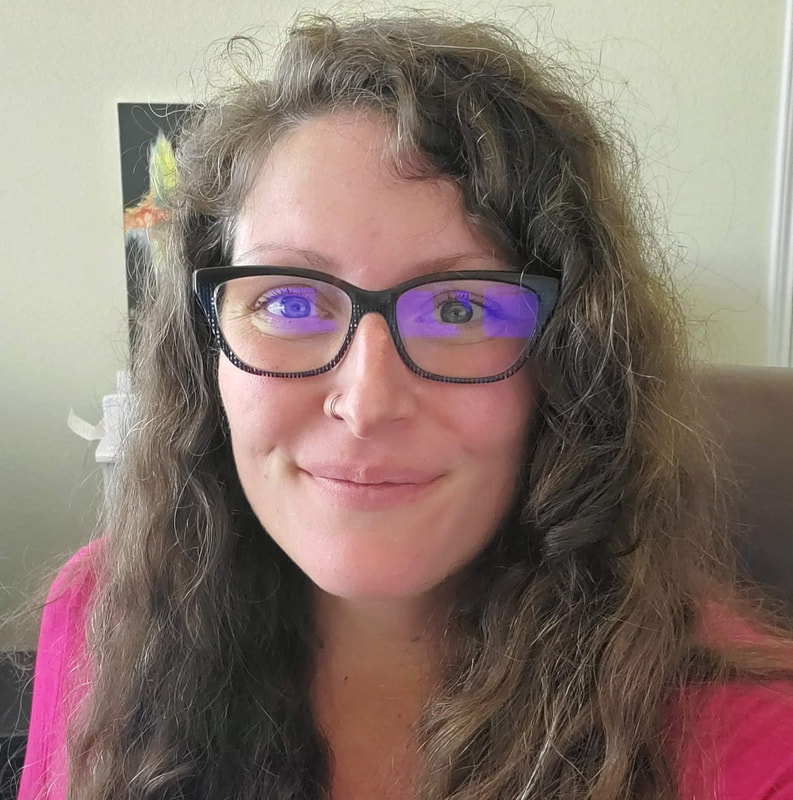
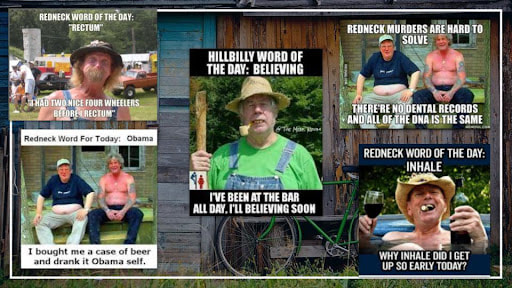
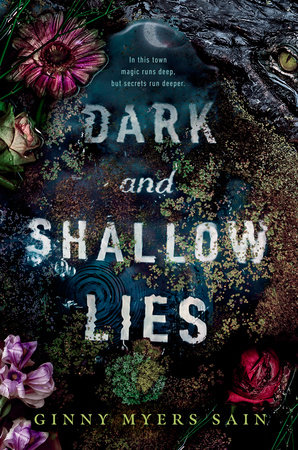
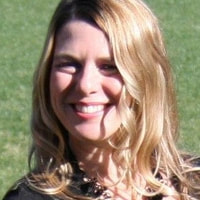
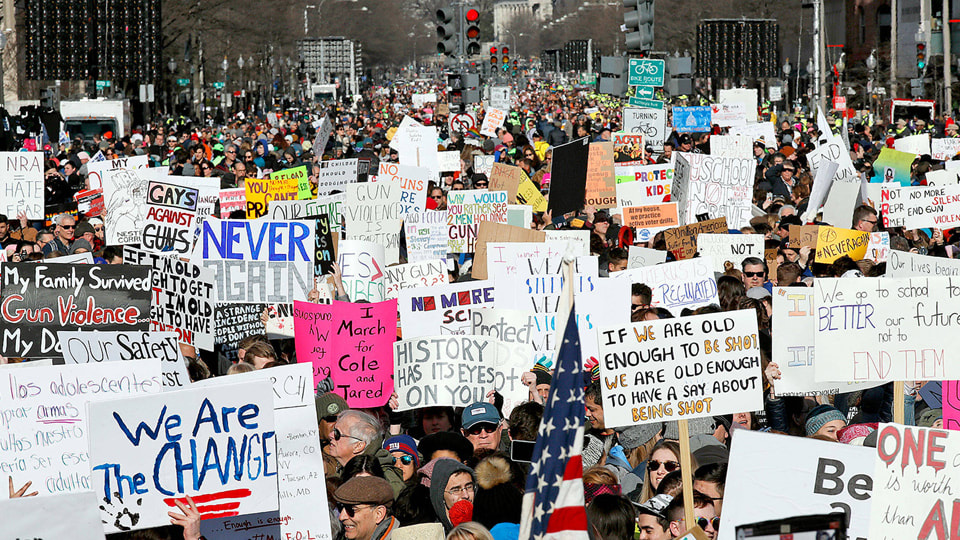
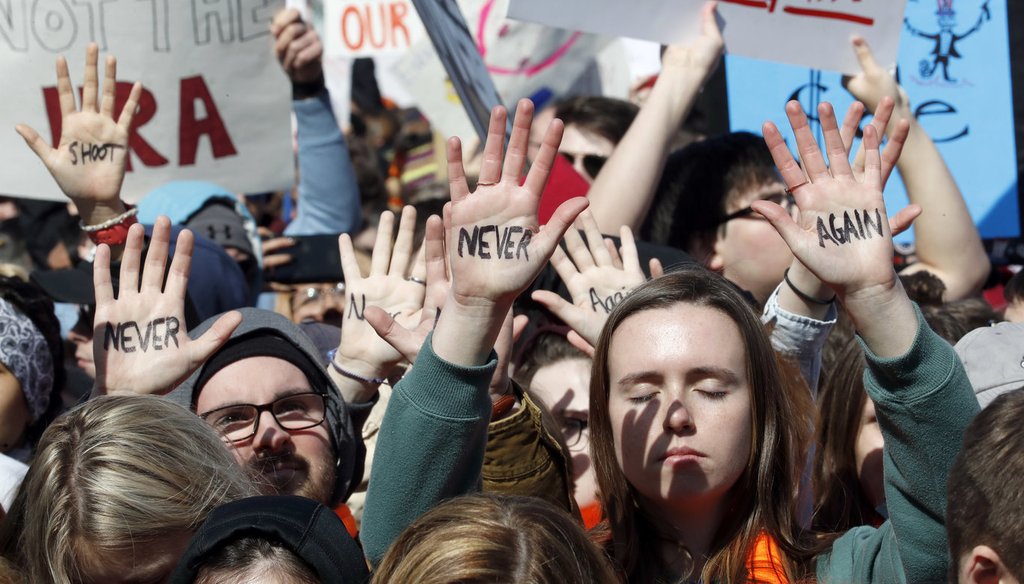
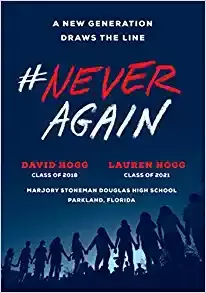
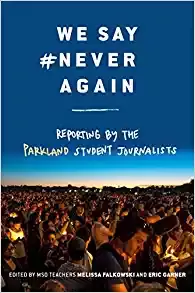
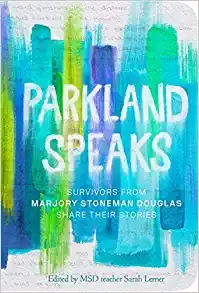



 RSS Feed
RSS Feed